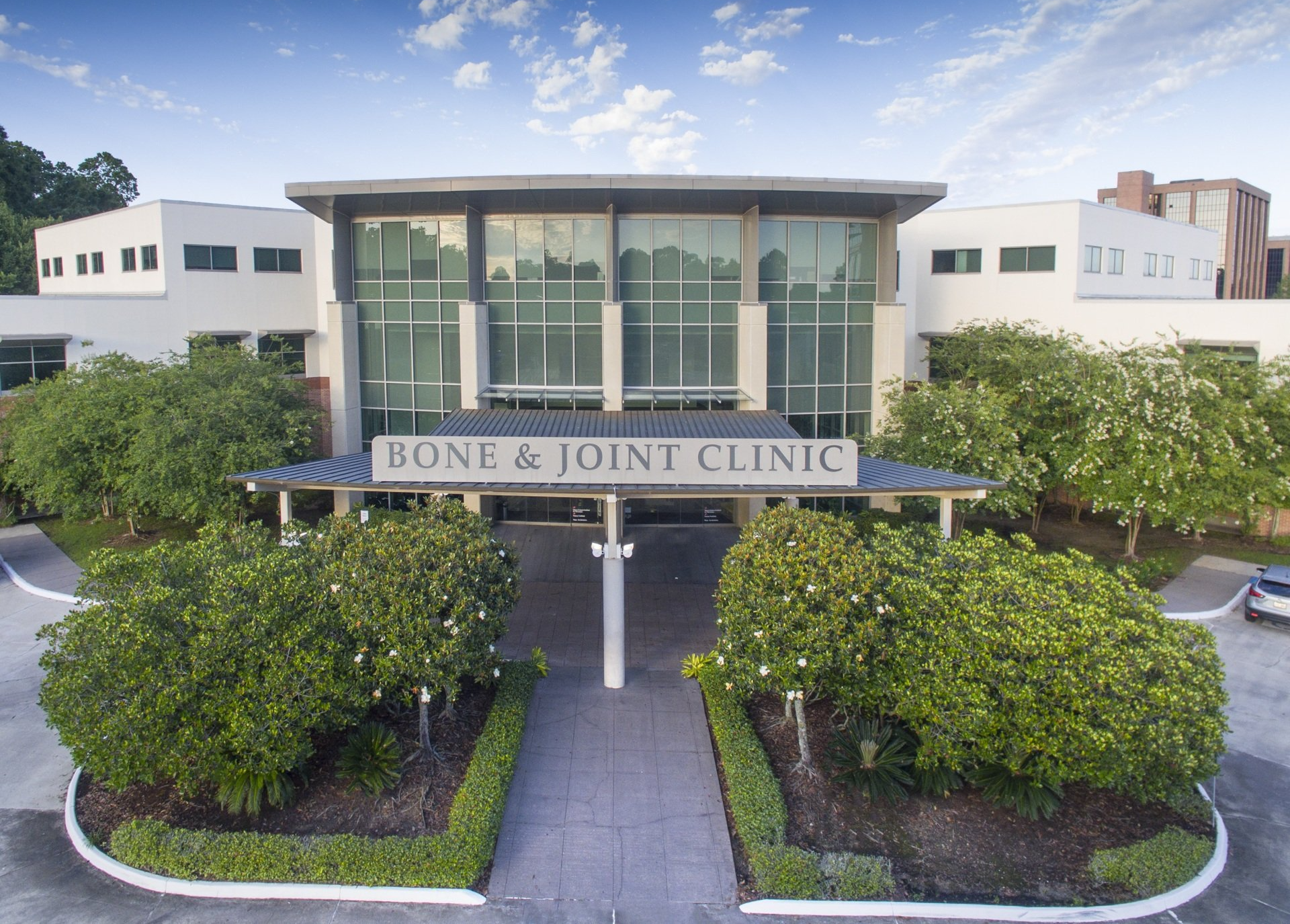It is estimated that anywhere from 10 to 40 percent of Americans suffer from symptoms of sciatica to some degree. The condition is often hallmarked by pain, numbness, tingling, and weakness in the lower back, buttock and leg, originating from inflammation or compression of the sciatic nerve at the base of the spine. In some, the discomfort can be severe enough to interfere with their day-to-day lives and prevent them from undertaking healthy activities such as exercise. Fortunately, in the majority of cases, conservative treatment methods can help relieve many sciatica side effects without the need for surgery.
Orthopedic Physical Therapy for Sciatica
Orthopedic physical therapy is specifically targeted to address orthopedic conditions through strengthening and stretching exercises. In the case of sciatica, this means focusing on the lumbar region of the back, the buttocks, hips, abdomen, and general core area. Depending on the underlying cause of sciatica, a trained physical therapist can provide the tools needed to relieve pressure on the nerve and associated symptoms. Additionally, patients will likely also notice other improvements in their strength, flexibility, and comfort levels over the course of treatment.
Medication Options for Sciatica
There are both over-the-counter and prescription medication options that can help relieve inflammation associated with sciatica. When combined with a physical therapy program, they can be particularly helpful in allowing patients to become more mobile. Common options include nonsteroidal anti-inflammatory drugs like ibuprofen, oral steroids like prednisone, and some prescription pain relievers like tramadol.
Epidural Steroid Injections (ESIs) for Sciatica
Epidural steroid injections (ESIs) are a great treatment option for cases of sciatica stemming from conditions like herniated discs, degenerative disc disease, and spinal stenosis. These injections use a mix of pain-relieving anesthetic and inflammation-reducing steroid delivered directly into the epidural space of the spine where nerve roots are found. When administered by an experienced pain management physician, patients can generally expect several months of sciatic nerve relief.
Sciatic Pain Relief Baton Rouge
For patients who are experiencing physical problems associated with sciatica, the Bone and Joint Clinic’s team of orthopedic specialists are here to help. With renowned spine and pain management physicians who regularly diagnose and successfully treat sciatica and underlying conditions, we have a doctor who is best suited to help you find lasting relief.




